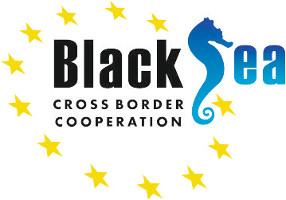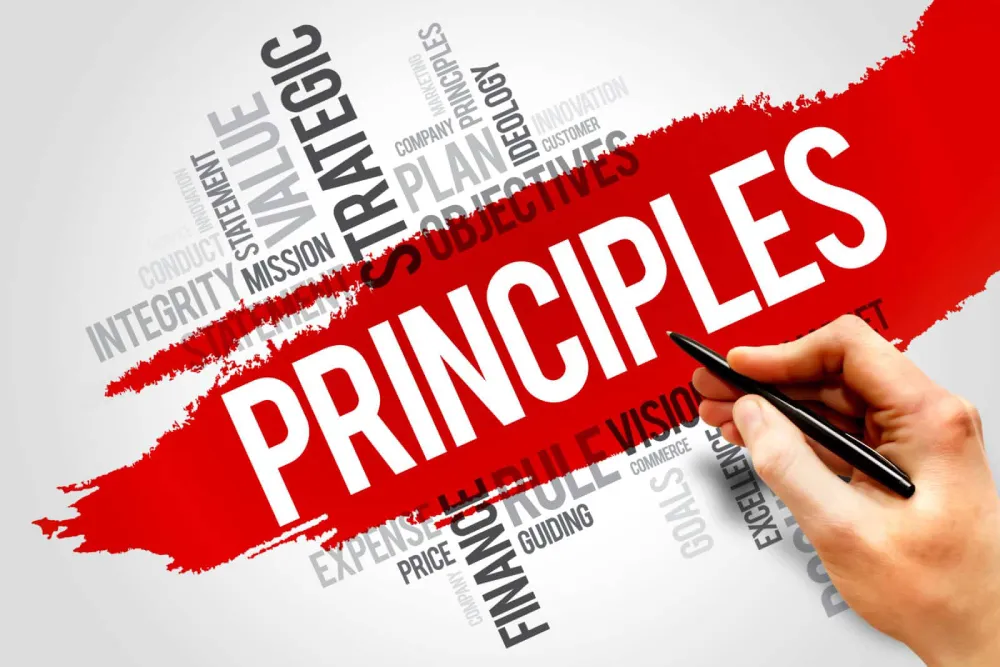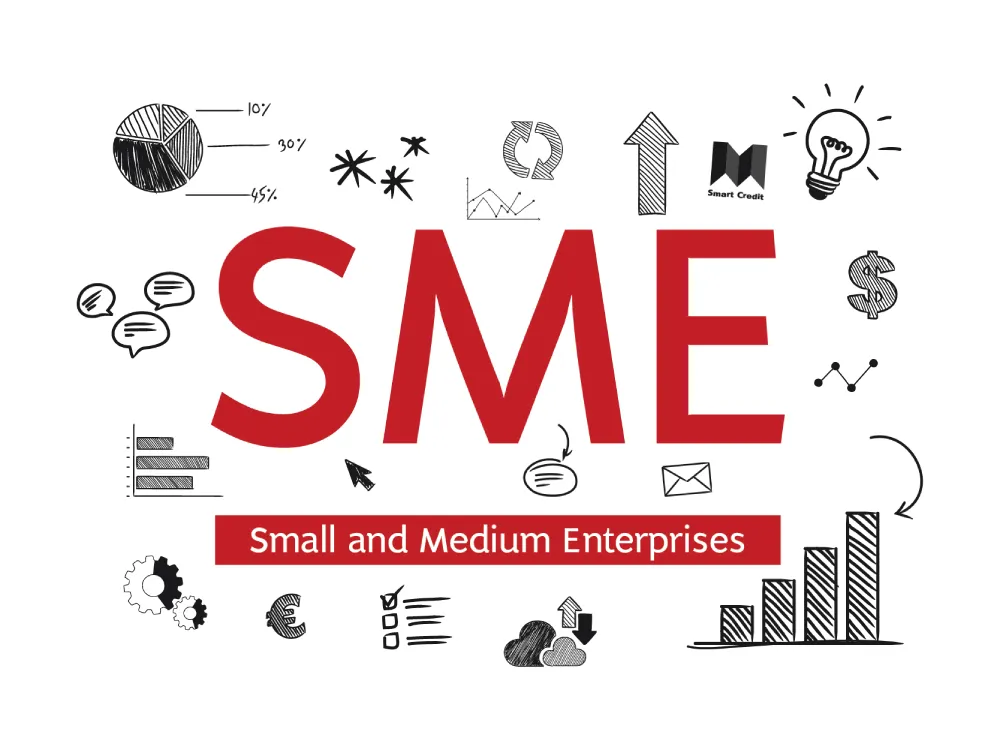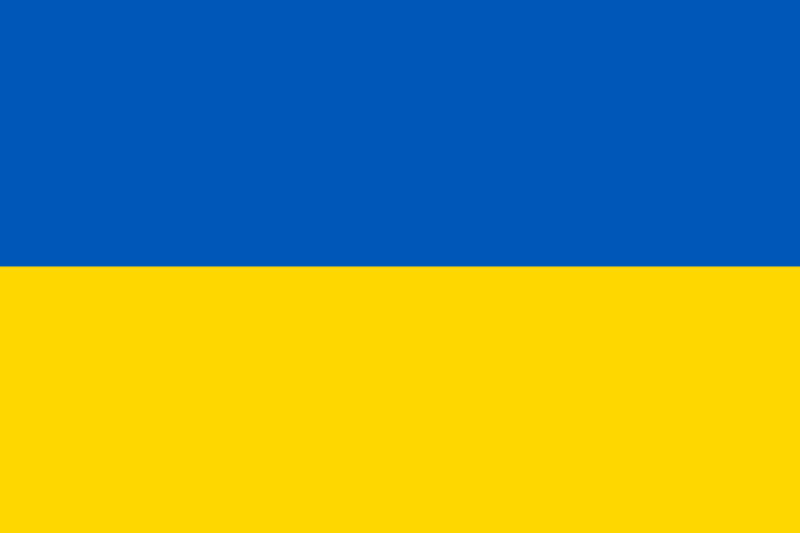The EFQM Model of the European Foundation for Quality Management is the primary reference model for those organizations whose aim is to achieve excellence. The Model offers an integrated approach and a framework for diagnosing the most relevant aspects of the organization. It also provides a method for conducting the diagnosis in a structural way (self-assessment methodology).
The EFQM Excellence Model helps place the customers in the center of focus and makes them the ultimate reason for the organization’s existence. Therefore, the ethical approach to serving the customers is one of the main focal points for any organization.
The ethical approach that is present in the EFQM model
The customer focus is present in all aspects of the EFQM Model; this means that an organization will adjust all its policies and strategy and the design of the processes to satisfy the needs and expectations of the customer.
This extensive consideration of the customer needs implies focusing on both external customers, i.e., the ultimate addressee of the products and services of the organization; and the internal customers, that include: people working within the organization; suppliers; other partners; all those who have economic interests in the organization; and society in general.
The results-oriented approach assumes that the organization must direct all its activities to the satisfaction of the needs and expectations of all relevant key stakeholders or groups of interest for the organization. Likewise, the EFQM Model considers the ethical and social responsibility criteria as the most important goal for excellence. The ethical approach is regarded as the best way to serve the organization’s long-term interests and its people.
Possible ethical implications in the EFQM model
One of the main virtues of the EFQM Model is its guiding but non-prescriptive nature. Such guiding nature allows an open interpretation, including an ethical perspective of each of the sub-criteria. Here are some examples of how ethics are interwoven into the Model framework.
Under the Criterion 2. Organizational Culture & Leadership, an organization that aspires to be recognized as outstanding, a leader within its ecosystem, achieves success through a focus on the following activities:
2.1 Steer the Organization’s Culture & Nurture Values
2.2 Create the Conditions for Realizing Change
2.3 Enable Creativity & Innovation
2.4 Unite Behind & Engage in Purpose, Vision & Strategy
From the ethical point of view, these sub-criteria can be focused upon and implemented as follows:
- The organization adopts a number of agreed ethical values which form the culture and the mission and the vision of the organization;
- The organization adopts an ethical code of conduct which rules the relationships between the leaders, the organization, and the environment;
- The organization develops and implements an ethical management system that covers the whole organization;
- The leaders of the organization understand and respond to the needs and expectations of customers, partners (collaborators), and the community in general;
- The leaders of the organization promote and develop a culture of continuous improvement;
- The leaders of the organization support and take part in activities which contribute to the community’s wellbeing (social role of the organization);
- The leaders show an accessible attitude, actively listening and giving response to the people within the organization;
- The leaders guarantee a number of ethical values in the management of human resources within the organization and take care of the welfare of its people;
- The leaders show their appreciation to individuals and teams for their contribution to the positive results (whether tangible or not) of the organization, as well as for their loyalty and their contribution to the ethical reputation of the organization;
- The leaders constantly evaluate, revise, and improve their leadership effectiveness.

In another example, Criterion 6. Stakeholder Perceptions concentrates on results based on feedback from Key Stakeholders about their personal experiences of dealing with the organization – their perceptions.
Examples of Key Stakeholder Perception Results could include, but are not limited to:
- Customer Perception Results
- People Perception Results
- Business & Governing Stakeholders Perception Results
- Society Perception Results
- Partners & Suppliers Perception Results
From the ethics point of view, these results can be interpreted as follows:
- The customers’ perceptions correspond to the quality of the organization’s products/services, and there is a high level of satisfaction of customers’ needs and expectations;
- The organization has reached a high level of competitiveness and positioning within the market;
- The reliability (guaranty of quality) of products and services offered by the organization, together with the level of organization’s transparency and honesty are high;
- The customer loyalty is high, i.e., there is a high chance of repeat customers;
- The customers’ perceptions of the organization’s responsiveness to their suggestions and complaints are very high;
- The perception regarding the impact of an organization’s activity on the community is good;
- The positioning of (or attitude towards) the organization in the minds of current and potential customers, and the chance to recommend its products/services to other people (organization reputation) is high;
- The organization fulfills its the mission, vision, and ethical values with which the culture of the organization is identified; these values are integrated within the ethical management system;
- There is a balance of interests, impartiality, and moderation in profit sharing;
- There is fluent communication and provision of transparent and truthful information to shareholders.
Finally, another example, Criterion 7: Strategic & Operational Performance concentrates on the results linked to the organization’s performance in fulfilling its Purpose, delivering the Strategy, and creating Sustainable Value and its fitness for the Future.
Strategic and Operational Performance indicators could include, but are not limited to:
- Achievements in delivering its Purpose and Creating Sustainable Value
- Financial Performance
- Fulfilment of Key Stakeholders Expectations
- Achievement of Strategic Objectives
- Achievements in Driving Performance
- Achievements in Driving Transformation
- Predictive Measures for the Future.
The following areas can be pointed out from the ethics perspective:
- The economic and financial results (fulfillment of budgets, return on investments; profits, etc.) sustainably maximize the investor’s value;
- The non-economic results contribute to improving the reputation of the organization and, in general, its positioning; the following parameters, among others, can measure such result: market share; levels of success according to the vision and mission; observance of law, regulations, and codes of conduct or practice);
- Management processes are optimal and sustainable and are aligned with the mission, vision, ethical values, and strategic objectives.
From this analysis, two basic conclusions can be reached:
First, the EFQM Excellence Model offers the organizations an optimal framework in which ethical management fits perfectly due to one of its main virtues: its orienting and non-prescriptive nature. Such orientating nature permits an open interpretation, which can include an ethical approach for each of the sub-criteria of the EFQM Model. The EFQM Excellence Model is based on a humanist approach that places the customer (in a broad sense) as the center or ultimate reason of the organization activities, emphasizing the role of the organization as a responsible member of the community, adopting an ethical approach as the best way to serve the long term interests of the organization and its people, and sustainably satisfying their needs and expectations.
Second, the EFQM Model permits an integral and integrating approach to the main dimensions of the organization’s reality and the establishment of an objective, rigorous and structured reference framework for the diagnostic of the organization from its multiple perspectives and, therefore, also from an ethical point of view.













